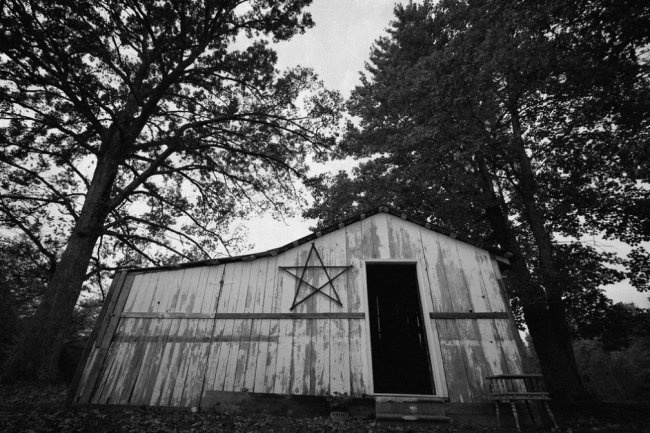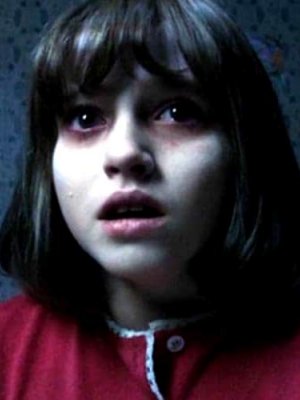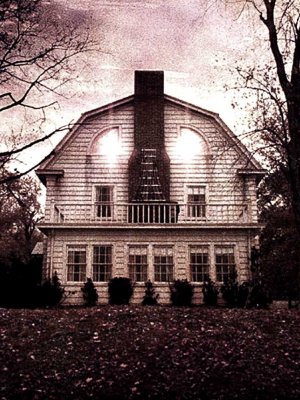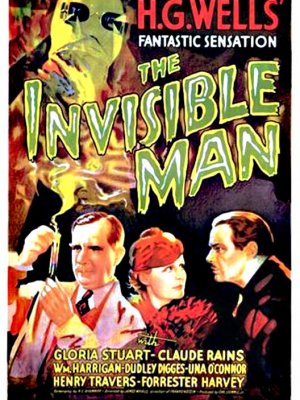The Psychology of Making Horror Movies Scary
The Psychology of Making Horror Movies Scary
Did you every show a favorite terrifying horror move to a friend only to have them not frightened at all? Maybe it happened the other way around? Horror movies as a genre are one of the most complicated in the business, and a huge portion of this comes down to their effect and reliance on human psychology. The key components of this are not just individual but are also social and cultural, and it is only when these factors hit all of our triggers that we are the most terrified.
One of the first things we need to take into account when looking at horror movie psychology is how adapted we are to the concept as a whole. As adults of the modern generation, we are used to incredibly realistic monsters, and this has raised the bar for what we consider frightening. Compare to this to the early days as examined within Lottoland’s evolution of horror. By today's standards, the early films like 1922's Nosferatu might make viewers laugh, and a lot of this comes down to our modern context.
On a cultural and social level, it’s important to take a look at the part played by religious and spiritual beliefs. Somebody heavily Christian, for example, is far more likely to be terrified by biblical demons, because there is less of a need for the suspension of disbelief. Likewise, somebody heavily into spiritualism might be more easily affected by ghost films. In these cases, it can often be harder for people with more materialist or atheistic beliefs to engage in the material.
As these differ hugely both within and between cultures, it is only natural that there will be enormous regional differences in appreciation of horror films and horror film topics.
For the final significant contributor when it comes to the psychology of horror we need to look at the personal imagination of the viewer. High-quality special effect monsters, like those of the eponymous Mama from the 2013 film are so good that they can't help but terrify, but there are few who possess the funding and vision of the likes of Del Toro to create effects on this level.
The alternative, as most commonly seen in the found-footage horror genre, is to depend on the viewer's imagination to fill the gaps. This relies on the idea that as terrifying as something may appear, as soon as it is seen our minds can solidify it into a concrete entity. Leaving something unseen leaves it to the imagination, and even though our imagination rarely gives a strictly definable form to monsters, the effect is still far greater than any direct visual representation. This is why, to many viewers, films like The Blair Witch Project, which never show the monster, are some of the scariest around.

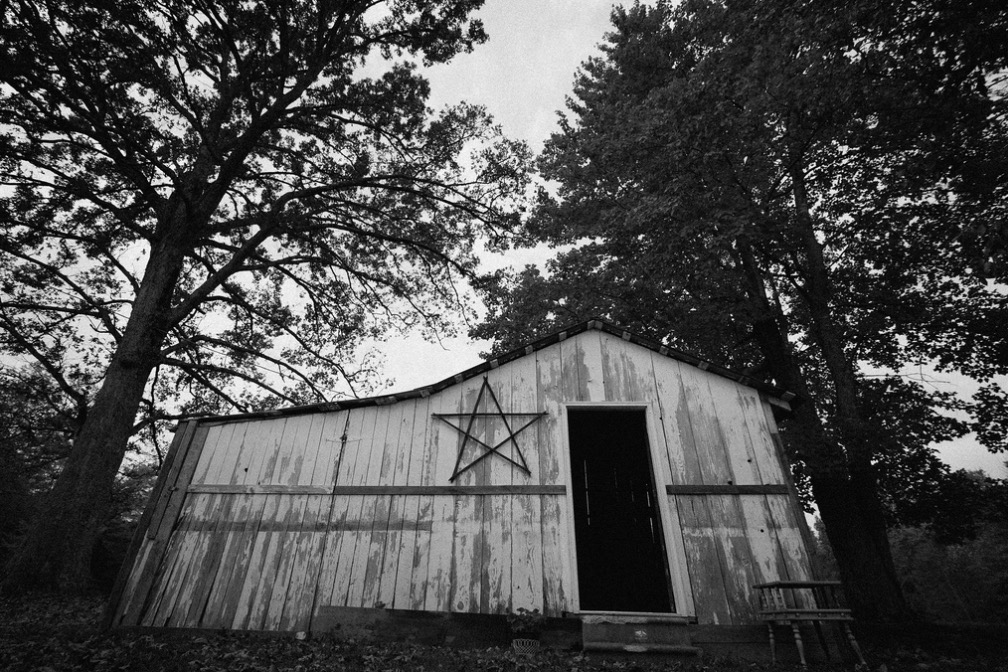
"Blair Witch" (CC BY 2.0) by Will Folsom
Of course, this is only scratching the surface when it comes to horror movie psychology, but these components can still help give readers an idea of why there is so much variety within horror films. No one thing is frightening to everyone, and the variety which this gives rise to is one of our favorite parts of the genre.

